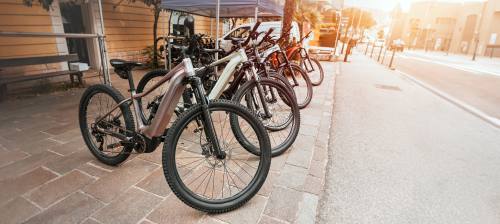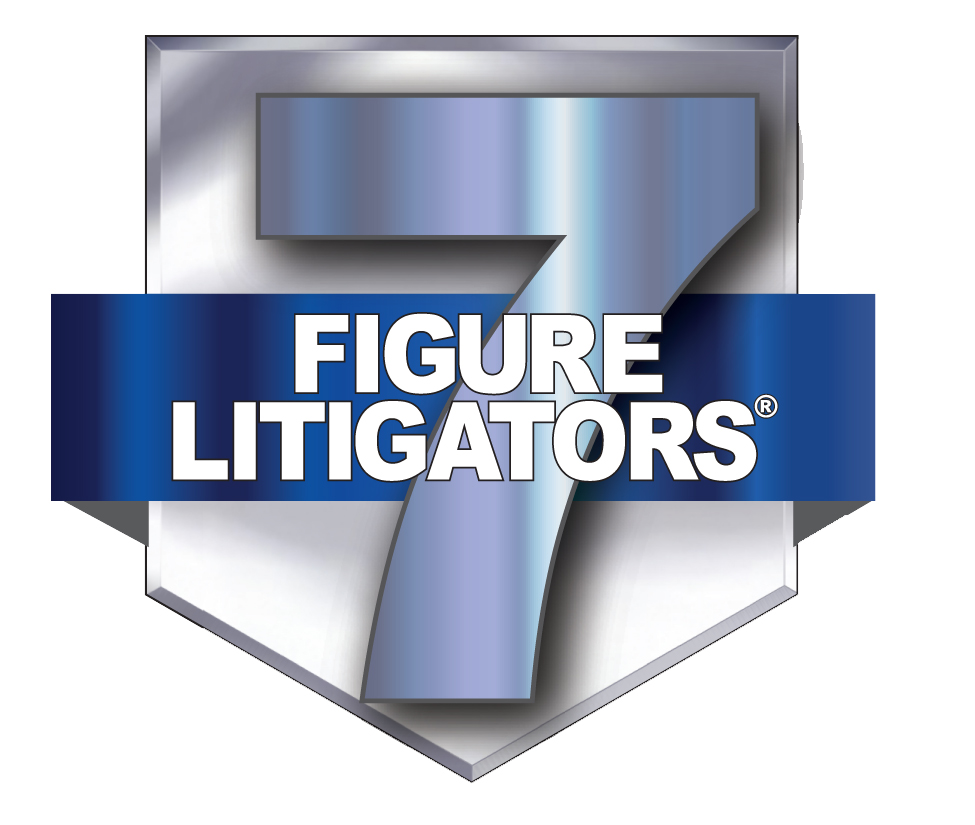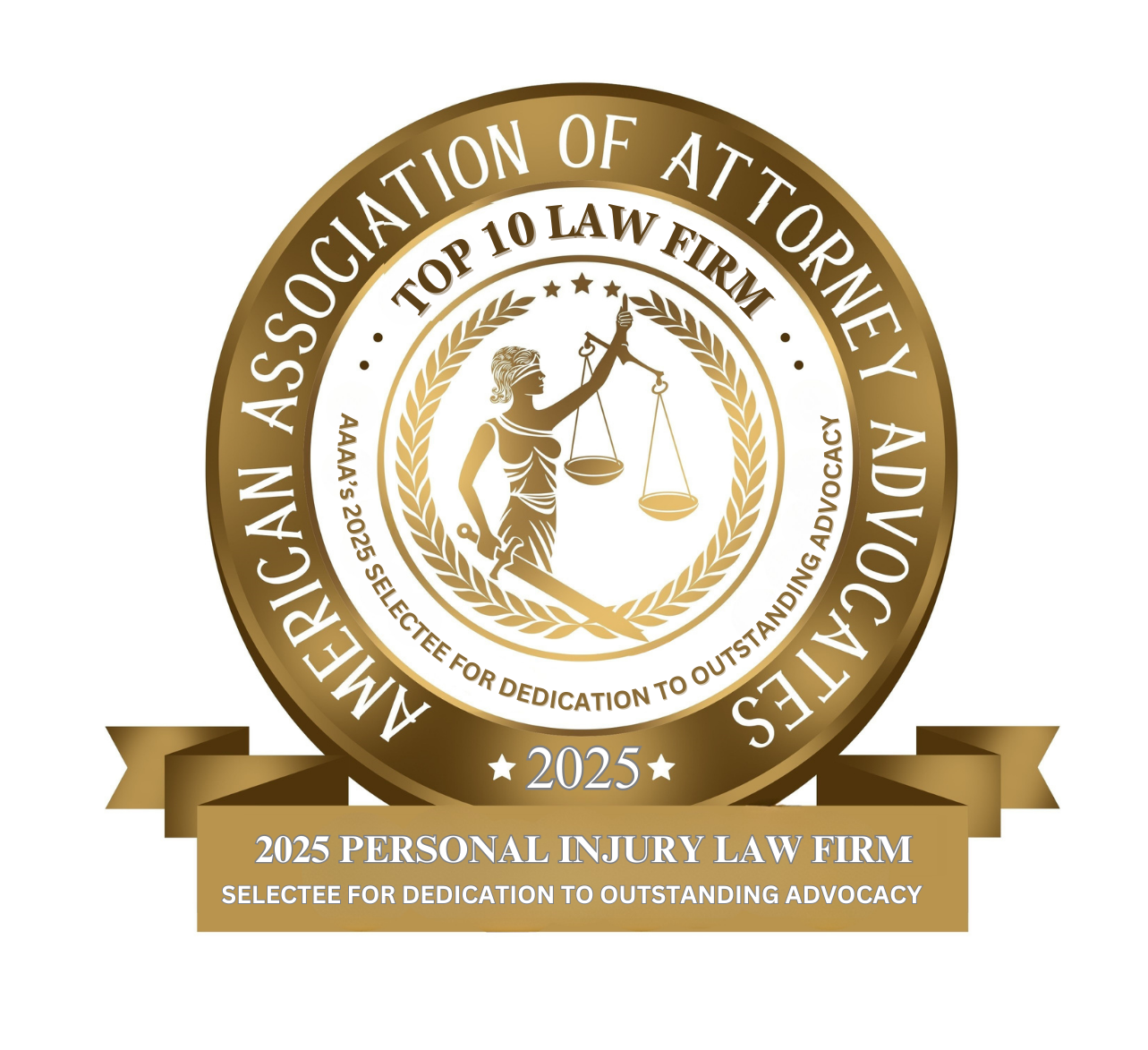- Free Consultation: (630) 527-4177 Tap Here to Call Us
The E-Bike Boom Is Outrunning Illinois Law and Injured Victims Are Paying the Price

On a summer morning along Chicago’s Lakefront Trail, the rhythm of joggers’ footsteps and cyclists’ wheels is suddenly overtaken by a new sound: the high-pitched whir of an electric motor. A sleek e-bike zips by, its rider moving with almost no effort, keeping pace with city traffic at nearly 25 miles per hour.
To some, this is the future of transportation: clean, efficient, fast. To others, especially those who have felt the shock of a collision, it’s an accident waiting to happen.
Illinois, like many states, has tried to keep up by writing rules for e-bikes into its Vehicle Code. It has divided them neatly into three “classes,” created guidelines for where they can ride, and even set a minimum age for one category. But these rules, though well intentioned, are not built for the real-world risks that high-speed e-bikes now present.
For pedestrians, traditional cyclists, and even motorists, that gap in regulation can mean the difference between walking away and spending months recovering from devastating injuries.
“The law hasn’t caught up to the reality of these devices,” says John J. Malm, an Illinois attorney who has represented victims of e-bike crashes. “When someone is injured, the case is often treated like a bicycle accident, even though the force of impact is closer to that of a motorcycle.”
Illinois’ Three Classes of E-Bikes
Illinois law sorts e-bikes into three categories (625 ILCS 5/1-140.10):
- Class 1: Pedal-assist only, cutting off at 20 mph.
- Class 2: Throttle-assist, meaning the motor can propel the bike without pedaling, capped at 20 mph.
- Class 3: Pedal-assist, with the motor supporting the rider up to 28 mph. Riders must be at least 16.
On paper, this seems like a sensible framework. It distinguishes between pedal-only assistance, throttle operation, and maximum speeds. But the classification hides a dangerous truth: Class 3 bikes can legally move at nearly 30 mph, yet they are treated the same way as bicycles under state law.
That means no driver’s license is required. No registration. No liability insurance.
Why “Just a Bike” Isn’t Accurate at 28 MPH
For most people, a “bike” conjures images of leisurely pedaling or maybe a spandex-clad cyclist pushing hard to reach 18 mph on flat pavement. At 28 mph, however, we’ve entered a completely different risk category.
Physics tells the story. The kinetic energy of a moving object increases exponentially with speed. A Class 3 e-bike and a 180-pound rider together weigh about 230 pounds. At 28 mph, that combination carries an impact force similar to that of a small motorcycle.
Stopping distances grow dramatically. A rider has far less time to react to obstacles. And for pedestrians or bicyclists in the same space, the margin for error shrinks to nearly zero.
Still, Illinois law insists: these are “low-speed electric bicycles.”
Where They Can Ride: Virtually Everywhere
Under 625 ILCS 5/11-1517, e-bikes are permitted anywhere bicycles are allowed:
- On roads and highways open to bicycles
- In designated bike lanes
- On multi-use trails and paths
The only clear ban is on sidewalks. Otherwise, they are given almost universal access.
This means a Class 3 e-bike moving at 28 mph is legally allowed on the same neighborhood trail where a child wobbles along on training wheels. On the same lakefront path where seniors stroll. In the same bike lanes where traditional cyclists pedal at half the speed.
When accidents happen in these mixed spaces, victims often find themselves facing a frustrating reality: the rider was following the law.
Real-World Dangers of E-Bikes
Consider a few plausible scenarios:
The Pedestrian on a Trail
A walker steps aside to tie a shoelace. An e-bike, nearly silent at 25 mph, rounds the curve too quickly to stop. The collision sends the pedestrian to the emergency room with a concussion and broken ribs.
The Cyclist in the Bike Lane
A traditional cyclist signals left to change lanes. Behind them, an e-bike moving at 27 mph closes the gap in seconds. The crash throws the cyclist into traffic, resulting in severe spinal injuries.
The Motorist at an Intersection
A driver sees what appears to be a regular bike approaching at a distance. Expecting it to arrive at about 12 mph, the driver turns. But it’s a Class 3 e-bike at twice that speed. The crash totals the car’s side door and sends the rider flying.
In all of these examples, the presence of speed radically transforms the outcome. Yet the legal framework treats them as if nothing distinguishes them from bicycles of decades past.
When Technology Outpaces the Law
This mismatch between machine and regulation is not new. Throughout history, innovation has consistently moved faster than lawmakers.
- The Automobile Revolution: At the turn of the 20th century, cars shared the road with horse-drawn buggies but were subject to the same basic rules. Accidents soared before states began requiring driver’s licenses, insurance, and standardized traffic laws.
- Cell Phones and Driving: For years, motorists texted freely behind the wheel. It wasn’t until research showed dramatic increases in crashes that states scrambled to ban handheld use.
- Ride-Sharing Apps: Uber and Lyft launched into cities before regulators could decide if they were taxis, limos, or something else entirely. It took years of lawsuits and legislation before the law caught up.
E-bikes are following the same path. The technology is here. The users are multiplying. But the laws still imagine a slower, simpler era of bicycling. And until legislators act, the victims of collisions are the ones who bear the cost.
The Human Cost of E-Bike Accidents
It’s easy to talk about classifications, statutes, and preemption rules. But what happens when the abstract becomes real? Imagine this:

- You’re walking your dog on a neighborhood trail. Out of nowhere, a Class 3 e-bike weighing 50 pounds slams into you at nearly 25 mph, with an additional 180-pound rider behind it. That’s 230 pounds of force, moving faster than most neighborhood cars. The collision impact is similar to being hit by a small motorcycle or taking a full-speed tackle from an NFL linebacker. You wake up in the hospital with broken ribs and a head injury. The rider? They tell police it was just an “accident on a bike.”
- Your teenage daughter is cycling home from school. A faster e-bike closes in from behind, clips her wheel, and throws her into traffic. She survives, but with permanent spinal injuries that change her future forever.
- Or maybe it’s your father, enjoying his retirement with a morning walk. He doesn’t hear the e-bike until it’s too late. One careless rider leaves him with months of painful rehabilitation.
How would you feel if it were you, or someone you love? Would you accept that Illinois law calls these “bike accidents”, even though the machines involved travel as fast as mopeds and carry the combined weight of a rider and motorized frame? Would you feel justice was served if the rider had no liability insurance, no license, and no way to cover the medical bills that keep piling up?
These are not far-fetched hypotheticals. They are scenarios that play out with increasing frequency on Illinois trails, bike lanes, and roads. And until the law catches up, more families will face these painful questions.
The Liability Gap With E-Bikes
Here lies the sharpest failure of Illinois law.
- No Liability Insurance Requirement: Drivers and motorcyclists must carry insurance by law. E-bike riders do not, meaning victims of crashes often face staggering medical bills with no coverage.
- No Registration or Licensing: A rider can injure someone and disappear, with no way to identify them.
- Few Legal Remedies: Defense lawyers argue these are “bike accidents,” minimizing damages even when the impact is catastrophic.
“When clients come to me after being injured in an accident, the first question is often, ‘Who’s going to pay for this?’” says Malm. “The sad reality is that, when it comes to e-bikes, there are very few options. Sometimes a victim’s own uninsured motorist coverage may apply, but other times, there is simply no way forward. That’s what makes these cases so difficult.”
The absence of liability insurance leaves victims in the worst possible position: hurt, financially exposed, and facing a system that treats a 28 mph collision like a tumble off a beach cruiser.
A Patchwork of Local Rules
Illinois municipalities have some ability to regulate e-bikes, they can require licensing or registration, for example. But they cannot ban them outright, nor can they pass rules that conflict with the state’s permissive baseline.
The result is a confusing patchwork. One suburb may have licensing, another may not. Some may restrict e-bike use on trails; others may not. For victims, this matters less in the moment of injury but becomes critical in court. Defendants may point to state law as overriding local rules, making it even harder to establish negligence.
Scooters vs. E-Bikes: An Inconsistent Standard
Oddly enough, scooters, capped at 10 mph, face stricter regulation than e-bikes. Under 625 ILCS 5/11-1518, scooter operation is permitted only if a municipality (or park/forest district) explicitly authorizes it. If no ordinance or resolution is passed, scooters are prohibited by default.
By contrast, e-bikes are allowed nearly everywhere bicycles can ride, without any need for local authorization.
This means the slower, lighter device (scooters) faces tighter scrutiny, while the faster, heavier machine (Class 3 e-bikes) gets near-universal access. The inconsistency underscores how Illinois law is misaligned with actual risk.
What Needs to Change
For Illinois to truly protect injury victims, lawmakers must go beyond classifications and convenience. The most urgent reform is clear:
- Require Liability Insurance for E-Bike Riders
Just as motorists and motorcyclists must carry insurance, operators of high-speed e-bikes should be required to have liability coverage. Without it, injured pedestrians and cyclists face the devastating reality of paying their own medical bills when a rider has no assets or insurance. - Reclassify High-Speed E-Bikes
Class 3 e-bikes, capable of 28 mph speeds, should not be treated the same as traditional bicycles. They belong in a category closer to mopeds or low-speed motorcycles, with licensing and training requirements. - Restrict Class 3 E-Bikes in Pedestrian Zones
Trails, lakefront paths, and multi-use spaces are not built for motorized devices at near-traffic speeds. Illinois should prohibit Class 3 bikes from these areas to reduce the risk of catastrophic collisions. - Mandate Safety Equipment and Training
Helmets, lighting, braking standards, and even basic training courses should be non-negotiable for operators of powerful e-bikes. - Create a Statewide Registry
Registration numbers would allow victims to identify hit-and-run riders and give law enforcement tools for accountability.
Until these reforms are made, Illinois will continue to privilege speed and convenience over safety, leaving victims to shoulder the heaviest burdens.
What Victims Can Do After an Accident with an E-Bike
If you or someone you know has been injured in an e-bike collision in Illinois:
- Seek immediate medical care and document everything.
- File a police report, even if the rider resists.
- Gather witness statements and photographs.
- Consult an experienced Illinois e-bike injury attorney familiar with Illinois’ micromobility laws.
You may still have avenues for recovery through civil lawsuits, insurance claims, or municipal liability. But navigating these cases requires persistence and expertise.
Contact the Top-Rated Illinois E-Bike Accident Lawyers at John J. Malm & Associates
E-bikes are here to stay. They promise convenience, sustainability, and speed. But they also bring risks that Illinois law, as written today, does not adequately address. A device that can reach 28 mph while carrying more than 200 pounds of rider and frame is no ordinary bicycle. The law’s failure to recognize that fact leaves victims bearing the cost: physically, emotionally, and financially.
In the aftermath of an e-bike accident, the road ahead can feel overwhelming, but you don’t have to face it alone. At John J. Malm & Associates, our Illinois e-bike accident lawyers are ready to stand by your side, fight for your rights, and hold negligent parties accountable. Time is of the essence: evidence fades, witnesses move, and insurance companies press you to settle before you understand your full losses. Reach out today for a free, no-obligation case review and let us put our experience in your corner. Call now and take the first step toward justice and fair compensation.















